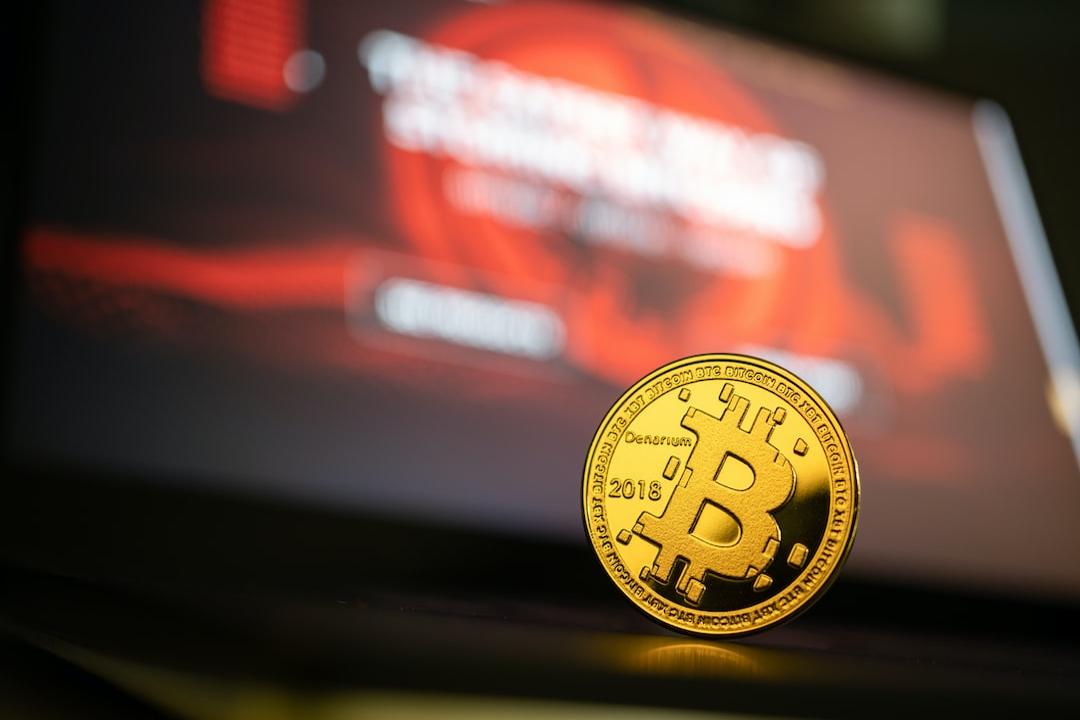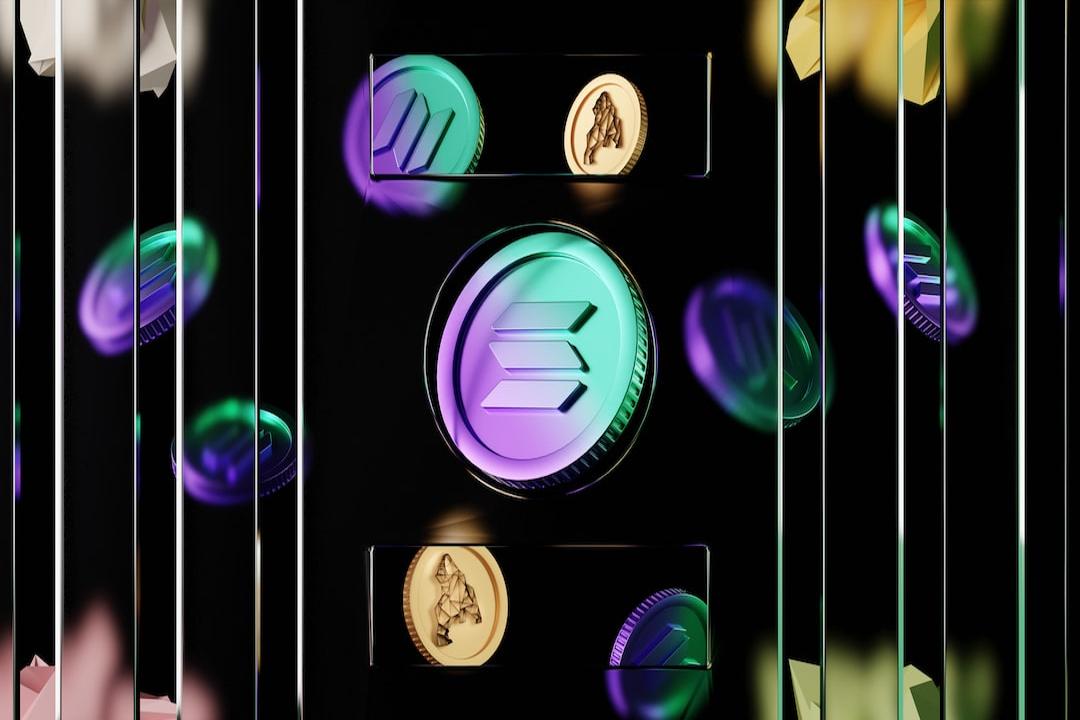Tesla announced the release of Robotaxi at the “We, Robot” event on October 11. CEO Elon Musk revealed that Robotaxi, without a steering wheel or pedals, is considered a breakthrough in Tesla’s Full Self-Driving (FSD) technology.
What are the highlights of this presentation? Which Taiwanese stocks are expected to benefit? Additionally, Wall Street analysts generally have a negative view on the commercialization prospects of Robotaxi. What are the reasons behind this?
What are the 3 highlights of “We, Robot”?
According to Deepwater Asset Management, there is a chance to see three different models at the Robotaxi launch event on October 10:
1. Robotaxi: Expected to be the prototype of Robotaxi. The design is expected to be futuristic, similar to the Cybertruck, without a steering wheel, pedals, or rearview mirrors. It is expected to demonstrate the autonomous driving capability of Robotaxi through Tesla’s ride-hailing app, driving on certain tracks or routes.
2. Model 2: The entry-level Model 2 (also known as Model A) with an expected price of about 800,000 New Taiwan Dollars will be announced. The appearance of this model will be different from Robotaxi, but it will share the production line with Robotaxi.
3. Cybervan: Musk is expected to announce a fully automated 8-10 seat Robotaxi XL plan, realizing an affordable transportation vision through autonomous driving. This model will focus on densely populated urban areas or play a role in public transportation. Deepwater Asset Management estimates that Cybervan will expand the potential market for ride-hailing services by 20%.

A presentation from Tesla in March 2023 showed a prototype resembling Cybercab.
Image / Tesla
In summary, the design vision of Robotaxi is to create a vehicle without a rearview mirror, pedals, or steering wheel. It belongs to Level 4 autonomy, where Robotaxi can safely park even without a driver’s proper response. Technically, Tesla’s FSD technology primarily relies on cameras and AI to drive under the supervision of a driver, without the need for expensive hardware such as radar or lidar systems.
Musk predicted that the Robotaxi business could expand Tesla’s market value from the current $750 billion to $5 trillion.
However, there are doubts about its FSD technology.
Why is Wall Street not optimistic about the commercialization of Robotaxi?
Reason 1: FSD technology lags behind Waymo and Cruise
Since the launch of Tesla’s FSD program, it has failed to achieve the goal of unsupervised autonomous driving. According to the foreign media “Electrek,” the system currently requires driver intervention every 200 kilometers during real-world tests, far from the initial promise, which raises doubts about whether Tesla’s Robotaxi can truly achieve fully autonomous driving. Bernstein analyst Toni Sacconaghi pointed out that while Tesla is focusing on launching Robotaxi, its competitors like Waymo and Cruise have already started operating autonomous taxi services in some U.S. cities, “making Tesla appear technologically behind.”
Reason 2: Low probability of commercialization in the short term
Adam Jonas, one of the most bullish analysts on Wall Street for Tesla at Morgan Stanley, also believes that Tesla may separate Robotaxi from its existing FSD system and implement a dual-path strategy, simultaneously developing the “fully automated” Cybercab and the “supervised autonomous driving” ride-sharing service (where multiple people ride together in the same vehicle). However, this strategy may contradict Tesla’s past eight-year promotion of the FSD system, further weakening investor confidence.
Additionally, Ronald Jewsikow, the automotive equity research director at investment management firm Guggenheim Partners, believes that unless Tesla can demonstrate a commercialization path for Robotaxi in the next 12 to 24 months, investor concerns will be difficult to eliminate, “but the likelihood of achieving this in the short term is low.”
However, there are also optimistic views. For example, Wedbush analyst Dan Ives stated that Robotaxi could become a game-changing self-driving technology that could bring Tesla $1 trillion in the next few years just from AI and FSD systems, making Tesla the most underestimated AI brand in the market.
Which are the Tesla and Robotaxi-related stocks?
In terms of stock prices, Tesla has fallen 1.58% this year as of October 9, far behind the 23.14% increase in the NASDAQ index, severely lagging behind the seven technology giants.
However, on the other hand, the release of Robotaxi still has the potential to drive automotive demand. The following are related Taiwanese stocks:
1. Automotive Electronics Manufacturer: LITE-ON Technology (2301)
2. Automotive Lens Manufacturer: Asia Optical (3019)
3. Automotive Connector Manufacturer: J.S.T. Corporation (6279)
4. Automotive LED Manufacturer: Unity Opto Technology (6288)
5. AI Server Board Manufacturer: Wistron Corporation (3231)
6. Tire Pressure Monitor Manufacturer: Syscom Group (5309)
7. Battery Manufacturers: Delta Electronics (2308), Compeq Manufacturing (4739)
8. Component Manufacturers: Hota Industrial (1536), Macronix International (3665)
9. Assembly and Testing Manufacturer: Tong Hsing Electronic Industries (6271)
Sources:
– Electrek
– Deepwater Asset Management
– Reuters
– TechChurch
Responsibility Editor: Li Xiantai

